Your cart is currently empty!
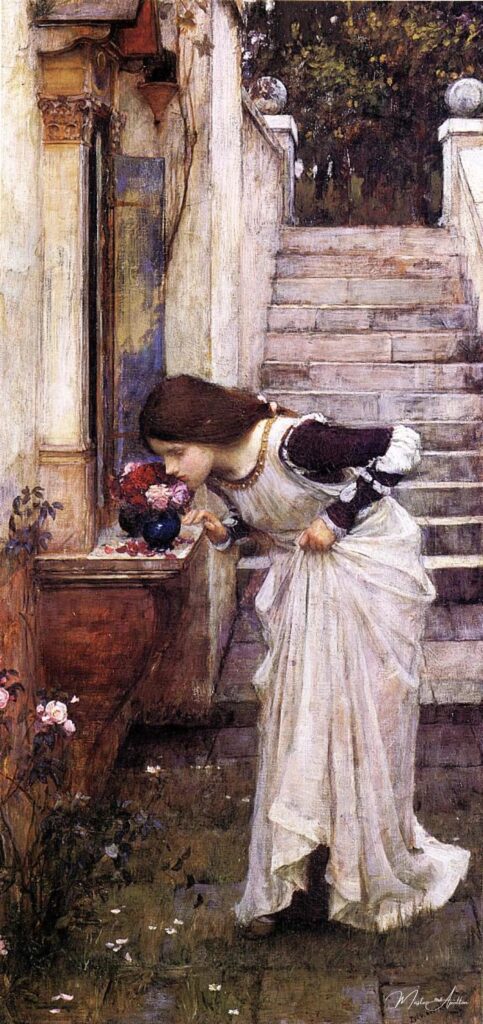
At the Shrine- John William Waterhouse
Immerse yourself in the enchanting world of John William Waterhouse with our highest quality oil painting reproduction of “At the Shrine.” This exquisite piece captures the ethereal beauty and profound emotion that defines Waterhouse’s work, inviting you to step into a moment of serene contemplation.
Every brushstroke is meticulously recreated, reflecting the rich textures and vibrant colors …
Sacred Moments: Exploring Waterhouse’s ‘A Shrine’
Created in 1895, John William Waterhouse’s “A Shrine” represents a departure from his better-known mythological works, offering instead an intimate glimpse into a moment of personal devotion. This lesser-known masterpiece showcases the artist’s ability to capture quiet, contemplative moments with the same skill he brought to his more dramatic subjects.
The Scene
The painting depicts a young woman tending to a small shrine or altar. Unlike Waterhouse’s more theatrical works featuring sorceresses and mythological figures, this piece captures a deeply personal moment of reverence. The woman’s careful attention to her task suggests both devotion and ritual, themes that resonated deeply with Victorian audiences.
Compositional Elements
Waterhouse’s masterful composition draws viewers into this intimate scene through several key elements:
The central figure is positioned in a way that allows us to observe her devotional act while maintaining the private nature of the moment. Her posture and expression convey complete absorption in her task, creating a sense of quiet intensity that characterizes the entire work.
The shrine itself serves as both the focal point of the woman’s attention and a window into Victorian attitudes toward personal devotion. The careful rendering of its details – from devotional objects to flowers – speaks to the importance of such private spiritual spaces in Victorian life.
Technical Mastery
The painting demonstrates Waterhouse’s technical brilliance in several ways:
- His characteristic handling of light creates a gentle, almost ethereal atmosphere
- The detailed rendering of fabrics and textures shows his mastery of different material qualities
- The subtle color palette enhances the contemplative mood of the scene
Victorian Context
“A Shrine” emerged during a period of significant religious and spiritual questioning in Victorian society. The painting reflects the era’s interest in personal devotion and the sacred feminine, themes that appeared frequently in Pre-Raphaelite art but which Waterhouse approaches with particular subtlety here.
Symbolism and Meaning
The painting is rich with symbolic elements:
- Fresh flowers suggest renewal and the cyclical nature of devotional practice
- The careful arrangement of objects speaks to the ritualistic aspect of personal worship
- The intimate scale of the shrine emphasizes the personal nature of spiritual practice
Contemporary Relevance
While rooted in Victorian sensibilities, “A Shrine” speaks to universal themes that remain relevant today:
- The need for personal sacred space
- The importance of ritual in daily life
- The power of quiet moments of contemplation
Artistic Legacy
Though less famous than works like “The Lady of Shalott” or “Circe Offering the Cup to Ulysses,” “A Shrine” demonstrates Waterhouse’s versatility as an artist. It shows his ability to find profound meaning in quiet moments, proving that his talent extended beyond dramatic mythological scenes to capture the poetry of everyday devotion.
Conclusion
“A Shrine” stands as a testament to Waterhouse’s ability to find beauty and meaning in moments of quiet contemplation. Through his masterful technique and sensitive observation, he created a work that continues to speak to viewers about the enduring human need for sacred space and personal ritual.
The painting serves as a reminder that alongside his more dramatic works, Waterhouse could capture the profound significance of quiet, personal moments with equal skill. In our increasingly fast-paced world, “A Shrine” offers a window into a moment of peaceful devotion, inviting viewers to contemplate the role of sacred spaces and personal ritual in their own lives.
John William Waterhouse
John William Waterhouse was a British painter known for his enchanting depictions of mythological and literary themes, characterized by rich colors, emotional depth, and a focus on female figures that often evoke a sense of longing and beauty.
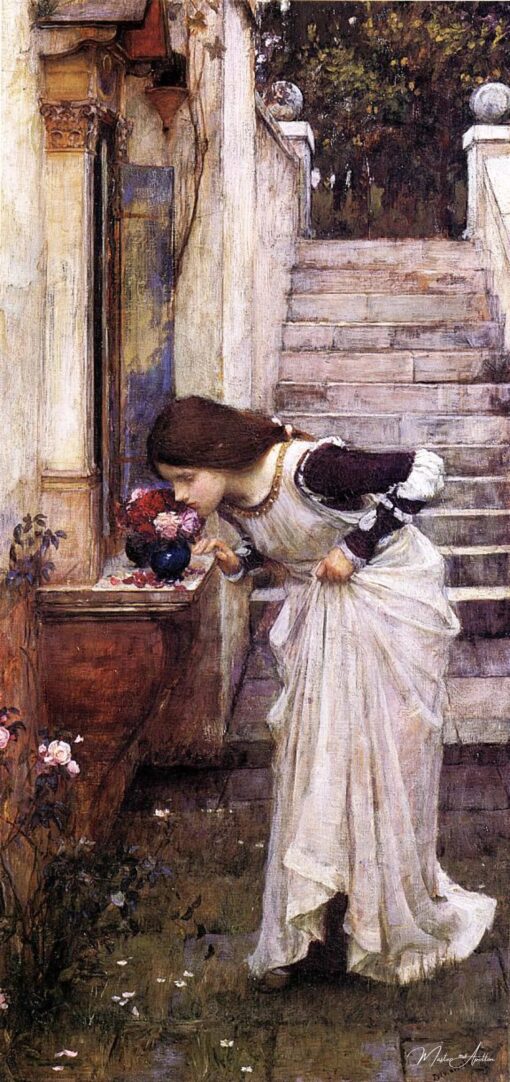
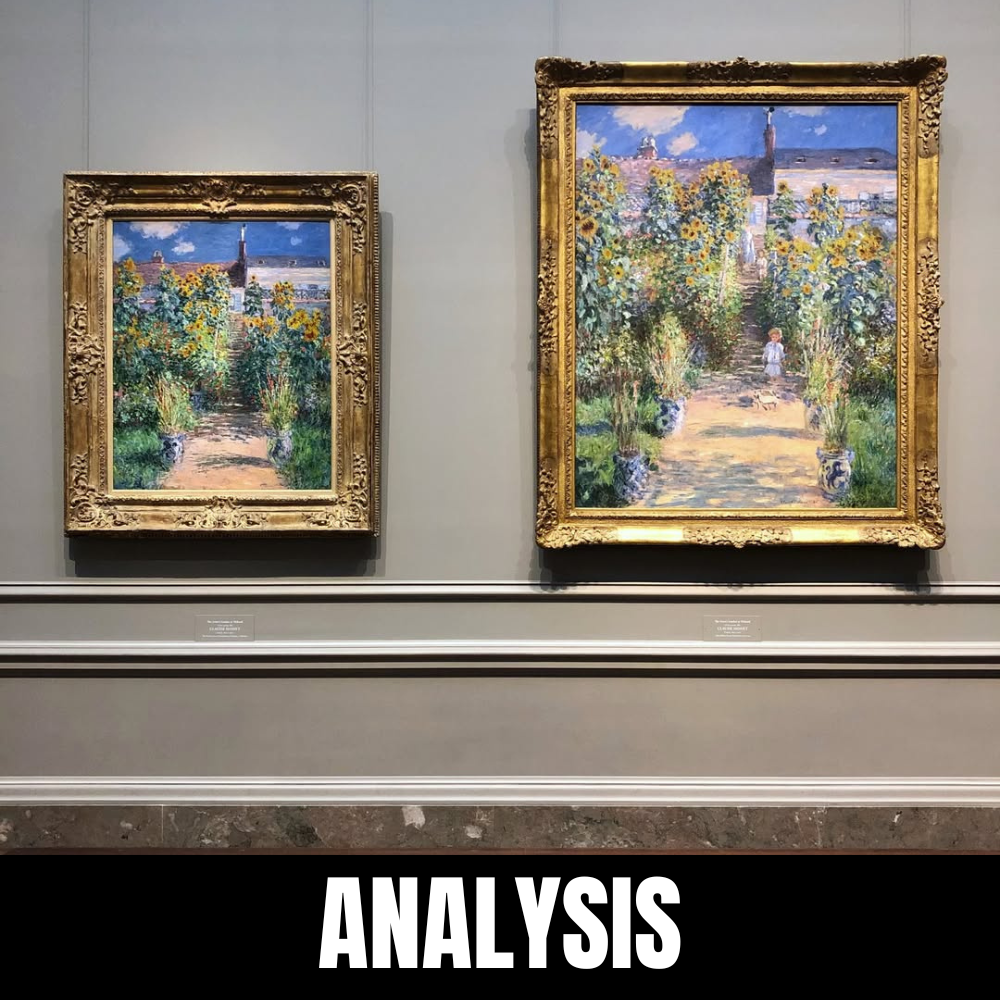
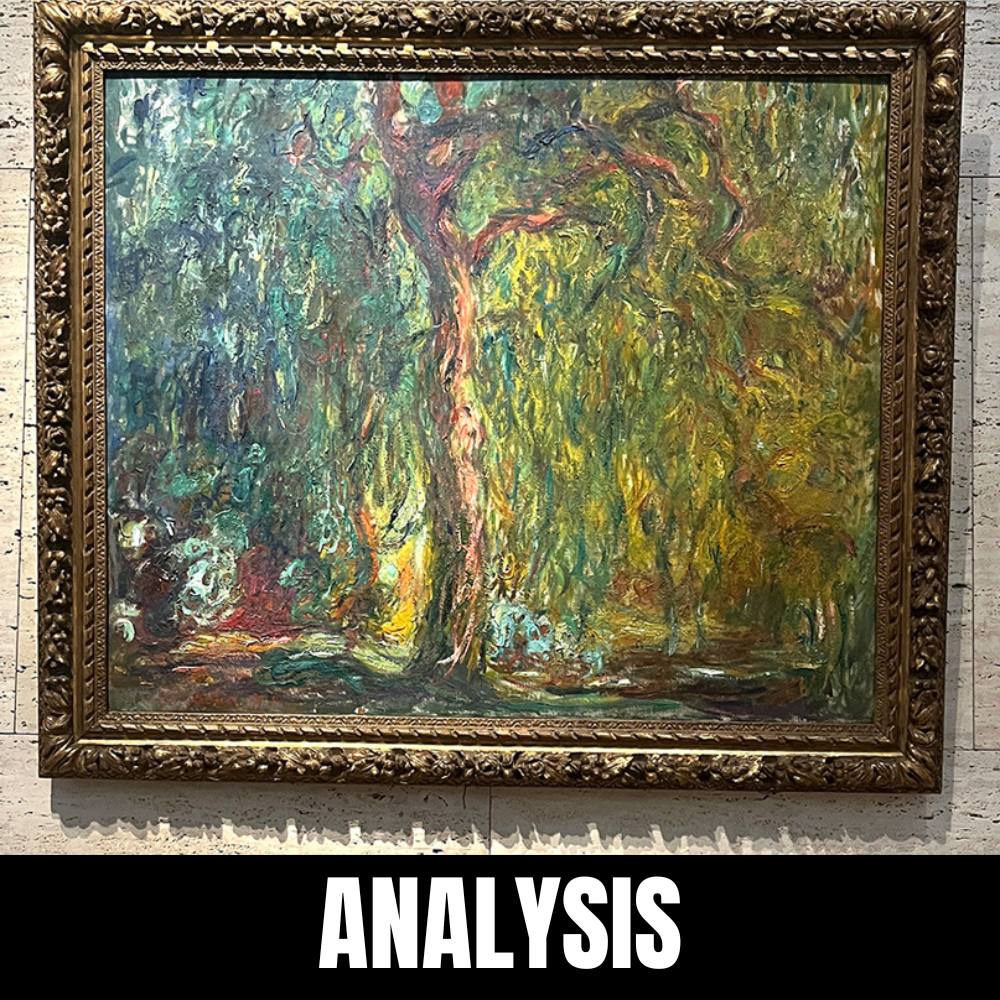
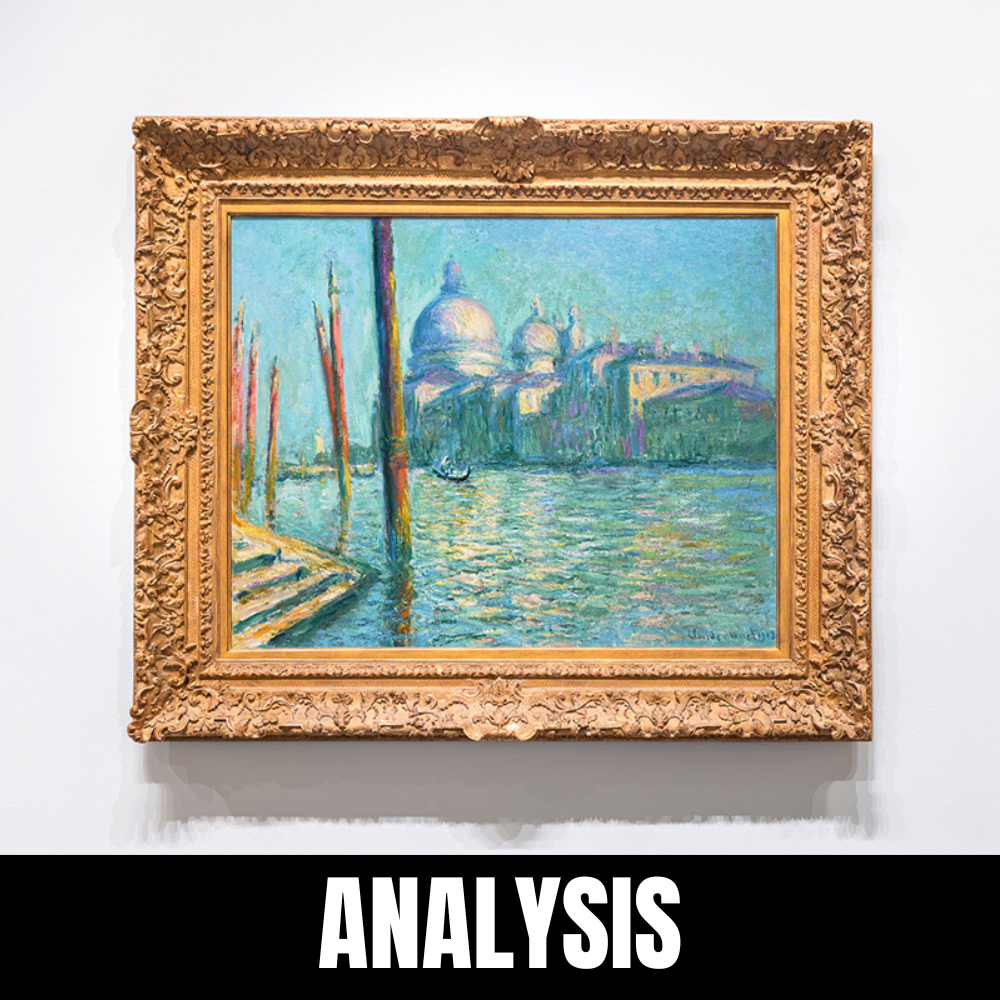
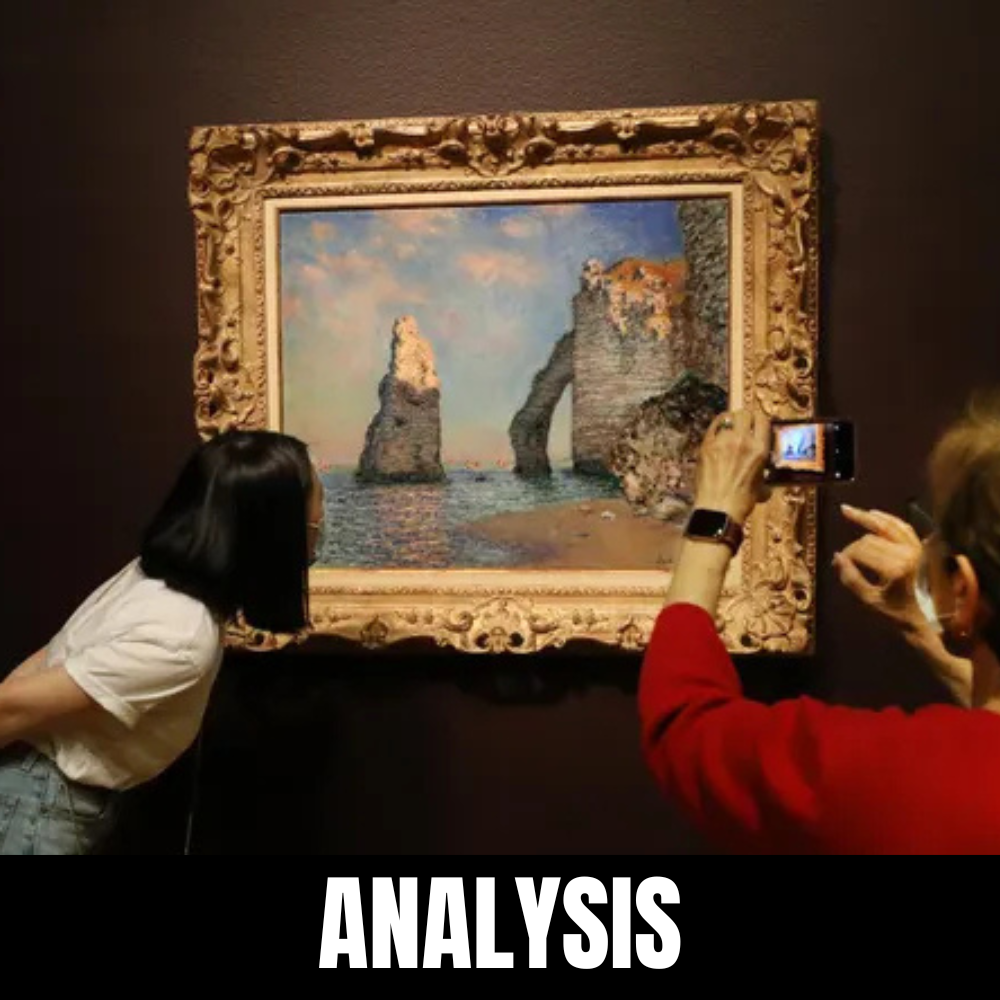
Leave a Reply